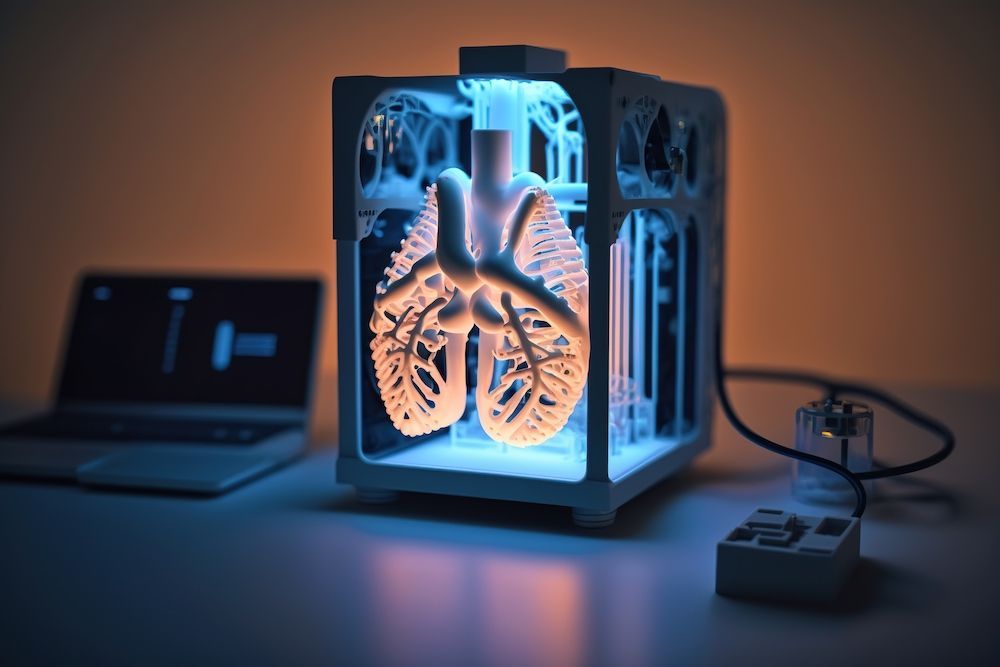Medical 3D printing has revolutionized the field of medicine, offering a wide range of innovative solutions to healthcare challenges. From prosthetics and implants to surgical models and bioprinting, this cutting-edge technology is transforming patient care.
One of the key areas where medical 3D printing excels is in creating custom implants and prosthetics. By utilizing 3D scanning and imaging techniques, healthcare professionals can now design and manufacture patient-specific implants, ensuring a perfect fit and improved outcomes. This personalized approach not only enhances patient comfort and mobility but also reduces the risk of complications.
Another exciting development is the use of 3D printing in bioprinting. By combining living cells, biomaterials, and advanced technology, scientists can create functional tissues and organs. This groundbreaking technique holds enormous potential for organ transplantation, tissue engineering, and drug testing. It opens up new possibilities for treating complex medical conditions and improving patient lives.
Furthermore, medical modeling through 3D printing is being widely used in surgical planning and education. Surgeons can now create accurate replicas of a patient's anatomy, allowing for better pre-operative visualization and preparation. This technology facilitates precise surgical interventions, reduces operating time, and minimizes complications. Additionally, medical students and trainees can benefit from realistic surgical models for hands-on training, leading to enhanced skills and performance in the operating room.
FAQ
What is medical 3D printing?
Medical 3D printing, also known as additive manufacturing in healthcare, is the process of creating three-dimensional objects specifically for medical applications using various materials and techniques.
What are the healthcare applications of 3D printing?
3D printing in medicine has a wide range of applications, including medical modeling, surgical planning, patient-specific implants, custom prosthetics, personalized medical devices, and dental 3D printing.
What are some advancements in bioprinting?
Bioprinting is a specialized form of 3D printing that involves creating living tissue structures. Some recent advancements in bioprinting include the ability to print complex and intricate blood vessel networks, as well as skin and organ prototypes for transplantation.
How does 3D printing contribute to custom medical implants?
3D printing enables the creation of personalized and patient-specific implants. This technology allows medical professionals to design and produce implants that fit a patient's anatomy perfectly, leading to improved surgical outcomes and reducing the risk of complications.
In what ways has 3D printing revolutionized surgical applications?
3D printing has revolutionized surgical planning and simulation. Surgeons can now create patient-specific models from medical imaging data to practice complex procedures and test different approaches before entering the operating room. This enhances surgical precision and reduces operative time.
What are the advantages of using 3D printing for dental applications?
Dental 3D printing has numerous advantages, such as the ability to create highly accurate models for orthodontic treatments, customized surgical guides for dental implant placement, and the production of unique dental prostheses tailored to each patient's needs.

